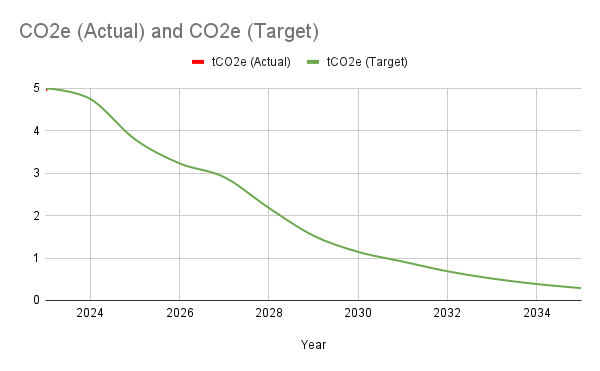Phew! It’s been a tough job to get what seemed to be a simple carbon reduction plan produced in accordance with the Government Procurement Policy Note (PPN) 06/21 and the related NHS Procurement Notice.
Eventually I decided to do a foundation course with the IEMA so I could properly understand the concepts involved. The course was great; opening my eyes to many industrial processes which are the major causes of pollution, leading to both climate change a biodiversity loss. The learning content included the water and nutrient cycles, along with the chemical cycles such as Carbon, Methane, etc… This reminded me of my Permaculture Design Course which I took many many years ago… too many to mention 🙂
If you’re responsible for your carbon reduction plan, or looking to better understand nature and how we can apply practical solutions to mitigate climate change, I can recommend taking an accredited PDC from the UK Permaculture Association, courses listed here: https://www.permaculture.org.uk/education/course-listings
Alongside with the practical PDC, the IEMA foundation course is a must for sustainability practitioners or directors who need to understand their company’s impact. Courses listed here: https://www.iema.net/course/foundation-certificate-in-environmental-management-leading-to-associate-membership
So, for a small, virtual, tech based micro SME like enCircle, our emissions are already pretty low. You can see from our recently published CRP, that we have no Scope 1 or 2 emissions to report, and only a handful of Scope 3 activities are relevant.
Our solution was to create a Google Sheet, import the GHG factors published by the UK Government, then set about counting up the relevant activities. This was fine for the available GHG protocols, but not for the “Managed Assets – Electricity” line. We don’t know the kWH equivalent for Amazon, Google or Microsoft cloud services. We eventually opted to use the open source coefficients from: https://github.com/cloud-carbon-footprint/cloud-carbon-coefficients/tree/main/data which are also available to browse via http://climatiq.io/ as part of their comprehensive API platform.
To improve things for next year, and free up a significant chunk of my time, we’ve imported the GHG conversion factors into a Drupal taxonomy, allowing us to report on travel and cloud usage automatically over the course of the year using Webforms and Views. Python APIs will pull our compute hours for CPU, Memory, Disk and Network. Subscribe below if you have a similar business and want to make use of our open source Drupal config. We’ll be making it available for Beta testers during summer 2024.
